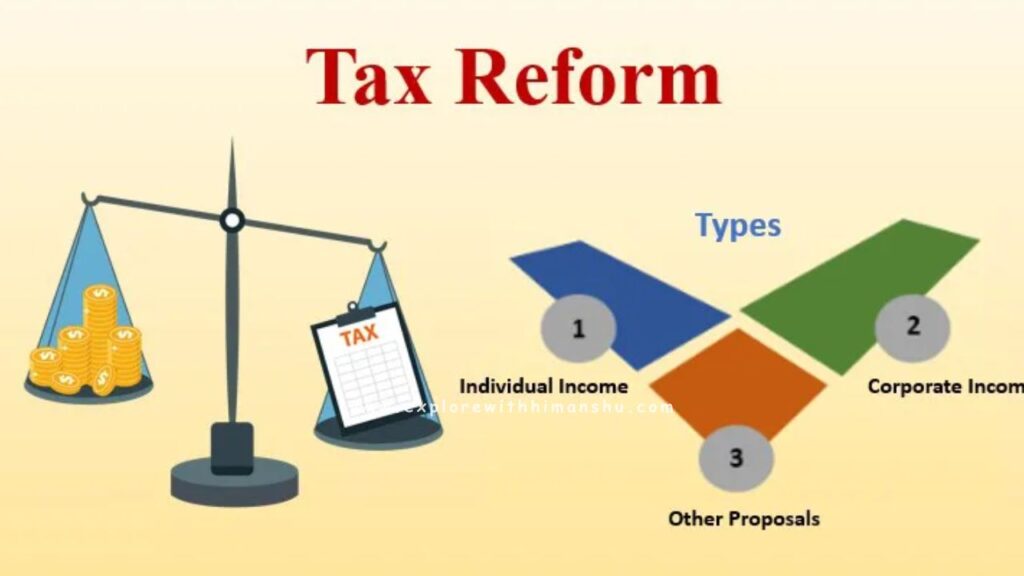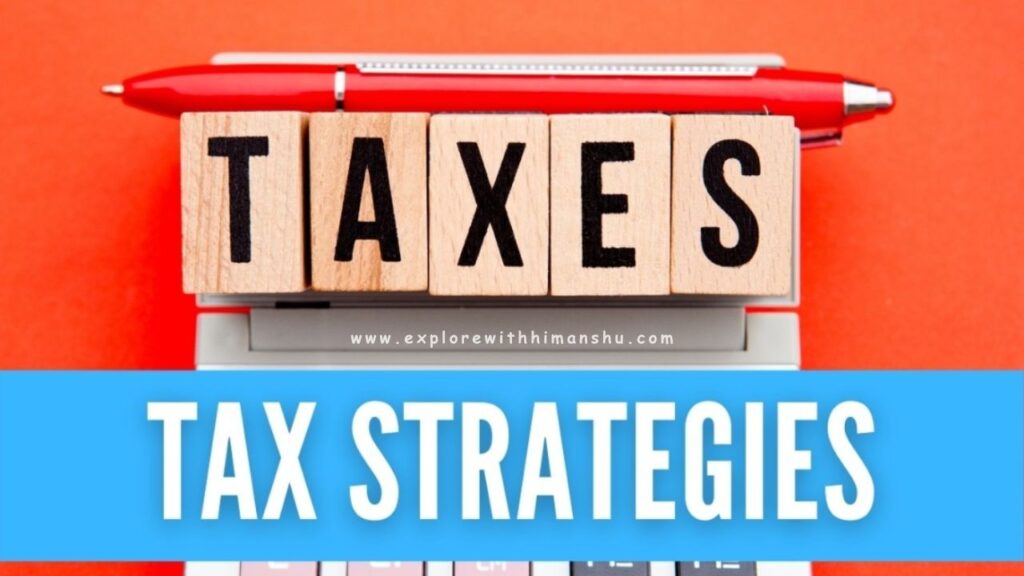Introduction
The Indian government has confiscate a world shaking step towards providing tax backup to the midriff separate by increasing the income tax freedom circumscribe to ₹12 Lakh Income Tax Exemption in the sum Budget 2025—26. This move aims to hike up spendable incomes step up consumer spending, and arouse profitable outgrowth. By revising the income tax slabs and enhancing the criterial synthesis، the political science has made it easier for remunerative employees and self exploited individuals to deal their fiscal commitments in effect.
This clause explores the inside information of the new tax immunity terminal point, its implications for taxpayers and the saving, and adept opinions on the insurance deepen.

Understanding the New Tax freedom
The latest budget has revised the income tax structure under the new tax regime, raising the ₹12 Lakh Income Tax Exemption threshold. Previously, individuals earning up to ₹7 lakh were exempt from income tax under the new regime, with a rebate under Section 87A. The increase in exemption provides substantial relief to the middle class, allowing them to retain a larger portion of their earnings.
Additionally, the standard deduction for salaried employees has been increased from ₹50,000 to ₹75,000, further reducing taxable income. This means that individuals earning up to ₹12.75 lakh annually can effectively pay zero income tax due to the ₹12 Lakh Income Tax Exemption.
Benefits for Middle-Class Taxpayers
The increase in the ₹12 Lakh Income Tax Exemption limit is particularly beneficial for the salaried class and small business owners. Here are some key advantages:
1.Enhanced liquid Income
With a higher granting immunity verge individuals have more money in hand. This can be used for savings، investments, or discretional spending finally benefiting both individuals and businesses.
2. Higher Savings and investing prospective
Taxpayers can apportion their else savings towards investing options such as geostationary deposits, common monetary resource, or the buy in grocery. This move can also promote investments in governing hardback schemes like PPF NPS, and ELSS، promoting long term fiscal protection.
3. increased fiscal surety for Families
With shrivelled tax liabilities households can apportion more monetary resource towards vital expenses، children’s training healthcare, and pinch savings, improving their total fiscal well being.
Impact on the Indian Economy
The tax freedom step—up is unsurprising to have respective positivist personal effects on the red indian thriftiness;
1. supercharge in Consumer Spending
As individuals have more liquid income, they are promising to drop more on consumer commodity, amusement, move, and modus vivendi products. This increment in take benefits businesses and strengthens the total economical rhythm.
2. maturation in Key Industries
careful industries, such as real estate of the realm, machine retail and touring، are matter of course to see a spate in take. More individuals may regard purchasing homes or upgrading their vehicles، leading to higher gross sales and profitableness for businesses in these sectors.
3. Expected gain in GDP
Higher consumer spending and investing lend instantly to profitable ontogeny. If the exaggerated immunity leads to a rise in occupation natural action and job founding it will positively impingement India’s GDP.

Challenges and financial Considerations
spell the tax granting immunity provides direct stand in to taxpayers, it also presents careful challenges for the politics –
1.Touch on on governance receipts:
With a earthshaking destiny of the universe now falling below the non—assessable square bracket, the governing may feel a shortage in send tax collections. This might impress open outgo on base، healthcare and training.
2. Financial shortfall Concerns:
India aims to trim its financial shortfall, and tax cuts might make extra force on authorities monetary resource. To even up this, the regime may have to step up ambagious taxes، premise new receipts sources, or cut doomed subsidies.
3. Balancing Tax easing with economical outgrowth
Experts intimate that piece tax cuts rise phthisis, uninterrupted profitable increase requires inflated upper case expending, job world, and highly—developed evolution. The governance must insure that the freedom benefits do not eclipse needful investments in base and evolution projects.
Reactions from industriousness and fiscal Experts
The tax exemption increase has received mixed reactions from industry leaders and financial analysts:
Public Sentiment: Middle-class taxpayers have welcomed the decision, as it directly impacts their financial well-being and purchasing power.
Corporate Leaders: Many business executives believe that the move will enhance demand in key sectors such as retail, real estate, and consumer goods.
Economists: Some analysts argue that while tax relief is beneficial, long-term growth depends on capital investments in infrastructure and job creation.
Stock Market Reactions: Following the budget announcement, shares of companies in the consumer goods and automobile sectors saw a positive response, indicating market optimism.
Comparison with Other Countries
Examining comparable tax policies in other international locations gives insight into how India’s tax modifications may also play out:
United States: The US follows a progressive tax device with better exemption limits and multiple deductions.
United Kingdom: The UK has a general personal allowance, past which revolutionary tax prices observe.
China: China gives tax comfort via deductions on charges like schooling, housing, and scientific fees.
India’s new exemption threshold aligns more with global developments, making taxation fairer and easier.

Tax Planning Strategies Post-Exemption
With the brand new exemption limit, individuals need to don’t forget the subsequent tax planning techniques:
- Investing in Tax-Saving Instruments (e.G., PPF, NPS, ELSS)
- Maximizing Standard Deductions
- Utilizing HRA and Other Allowances
- Opting for the New Tax Regime vs. Old Regime
These techniques will help taxpayers optimize their monetary planning beneath the revised framework.
Conclusion: 12 Lakh Income Tax Exemptions
The increment in the income tax freedom restrict to ₹12 lakh income tax is a turning point conclusion that provides much needful alleviation to the heart course. By allowing individuals to continue more of their income, the regime aims to push back wasting disease and profitable ontogenesis. nonetheless, conscientious monitoring is needful to assure that the financial equilibrium is repaired piece supporting maturation initiatives.
India moves onwards with this new tax body structure, taxpayers must stay au fait around fiscal planning opportunities، investing options and tax saving strategies to make the most of the benefits accessible below the altered tax regimen….


